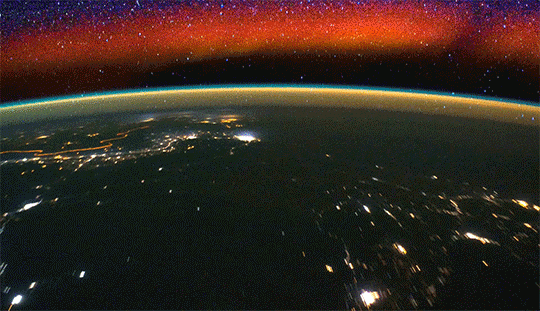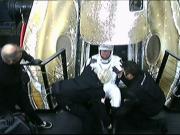A new study revealed that earthquakes and tsunamis can have the same effect as powerful solar flares on the Earth's ionosphere. According to the authors of the study, these natural disasters can also trigger similar effects such as disruptions in radio communications and GPS signals.
The study about the correlation between the ionosphere and earthquakes and tsunamis was carried out by researchers from the University Corporation for Atmospheric Research in Boulder, Colorado. It was published in the journal Space Weather.

2011 Earthquake And Tsunami In Japan
For the study, the researchers focused on a powerful earthquake that occurred in 2011 off the coast of Japan. The magnitude 9.0 earthquake triggered a massive tsunami that affected a total area of 561 square kilometers in the country.
According to the researchers, the earthquake and tsunami were reflected by various sources such as islands and ridges onto the ionosphere, which is a part of the atmosphere that's ionized by solar and cosmic radiation.
"On 11 March 2011, a magnitude 9.0 earthquake occurred near the east coast of Honshu, Japan, unleashing a savage tsunami as well as unprecedented plasma ripples at the space‐atmosphere interaction region," the researchers wrote in the abstract of their study.
Effect Of Natural Disasters On Ionosphere
The reflection of the earthquakes and tsunami created ripples on the ionosphere. As indicated in their findings, the disturbance in the ionosphere over Japan during the earthquake in 2011 lasted for about 46 hours.
During this period, disruptions in satellite signals over Japan were reported. Some GPS devices also failed to function properly during the incident.

Scope Of Future Studies
As noted by the researchers, the effects of the earthquake and tsunami on the ionosphere were very similar to how Earth would react following a direct hit from a solar flare. It indicates that aside from space weather, natural disasters on Earth also have serious effects on satellite communication and GPS signals. For the researchers, follow-up studies regarding the effects of natural phenomena on the ionosphere should be conducted.
Such weather phenomena have an adverse impact on Global Navigation Satellite System navigation and applications, they stated. "Therefore, understanding how natural hazards impact our upper atmosphere and cause variations in the space environment around Earth is crucial," the noted.








